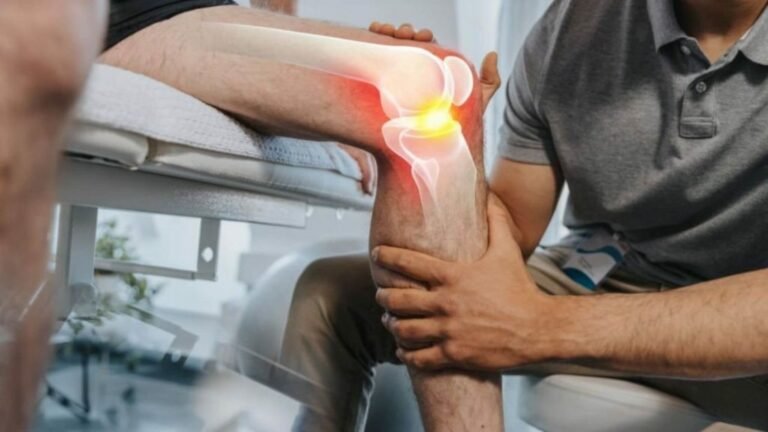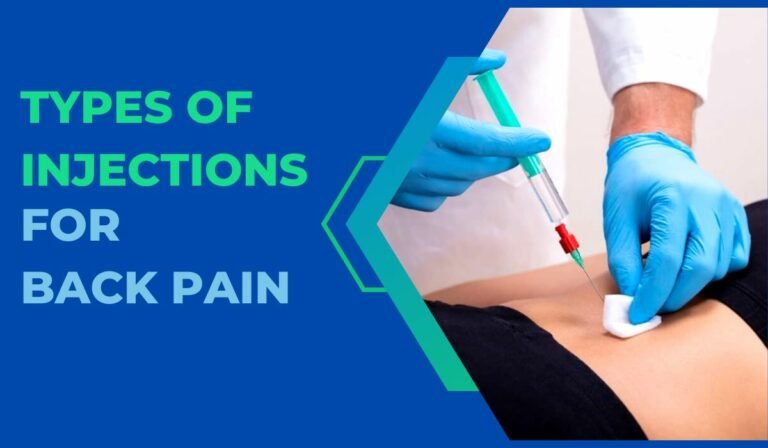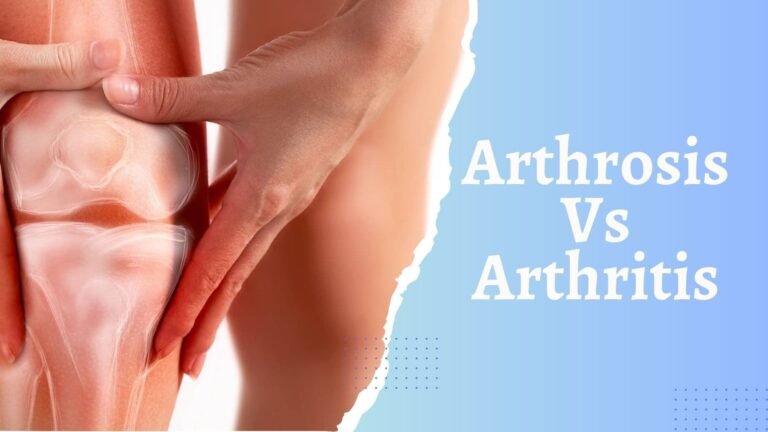What’s Causing My Knee Pain?
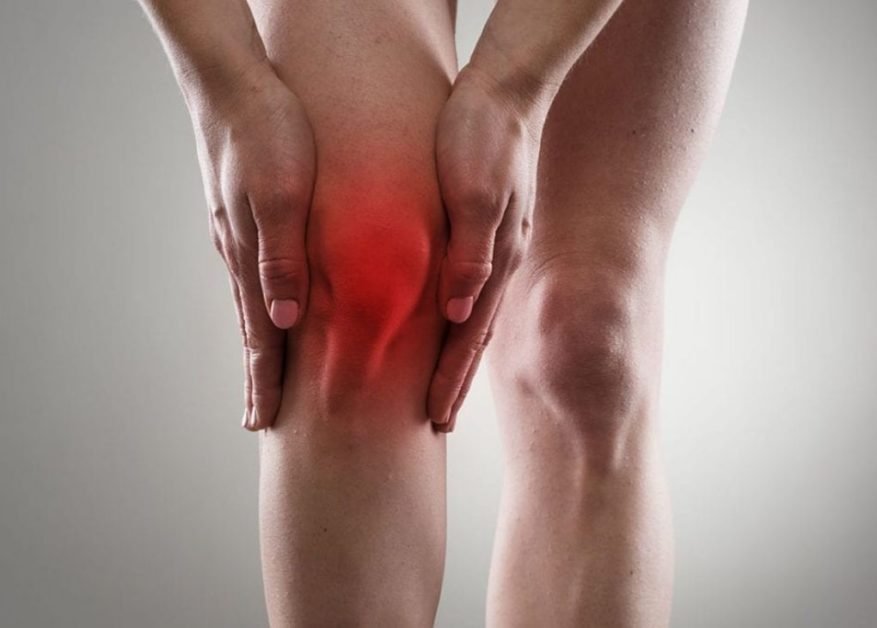
Knee pain is common among many individuals and the causes behind chronic or acute pains can be different. Adults involved in activities such as daily walking, running, standing, or lifting weights without proper preparative measures to ensure that the knees are protected, often complain of knee pain. Several other reasons could also cause pain in the knees. Persistent knee pain can be annoying and individuals tend to turn to painkillers and home remedies without looking deeper for the cause.
To understand the pain in a particular region of the body, one must first analyze the parts that involve motion or movement in the same region. The knee consists of Tibia, also known as the shin bone, the Femur which is the thighbone, and the kneecap, Patella. Connecting the skeletal system to the muscular system is the function of the tendons. The connection between the knee bones to the muscles of the legs results in joint movements. The ligaments that connect the knee bones provide the function of stability. To absorb shocks that occur between the tibia and femur, C-shaped cartilages known as the menisci (2 cartilages – medial and lateral) are present.
What Can Cause Knee Pain?
Pain in the knee could be of 2 types – one that occurs due to an injury and one that is present without any injury.
The following are the causes of knee pain due to some kind of injury.
Overexercising Or Excessive Movements
One of the primary causes of knee pain is stretching over one’s limit and misusing the muscles repeatedly. This occurs due to continuous exercise that is too much to bear for the muscles. These effects are known as strains or sprains. They can be treated at home with minimal effort.
The area that is bruised, swollen or tender is to be identified and no amount of weight should be put on it. The first action is to stop the activity and take ample rest. It is beneficial to apply ice or wrapped vegetables for about 20 minutes in a periodic interval of 2 to 3 hours. Wrap the area with a bandage and keep it elevated for the swelling to ease down.
Ligament Tear, Cartilage Damage, And Dislocated Kneecap
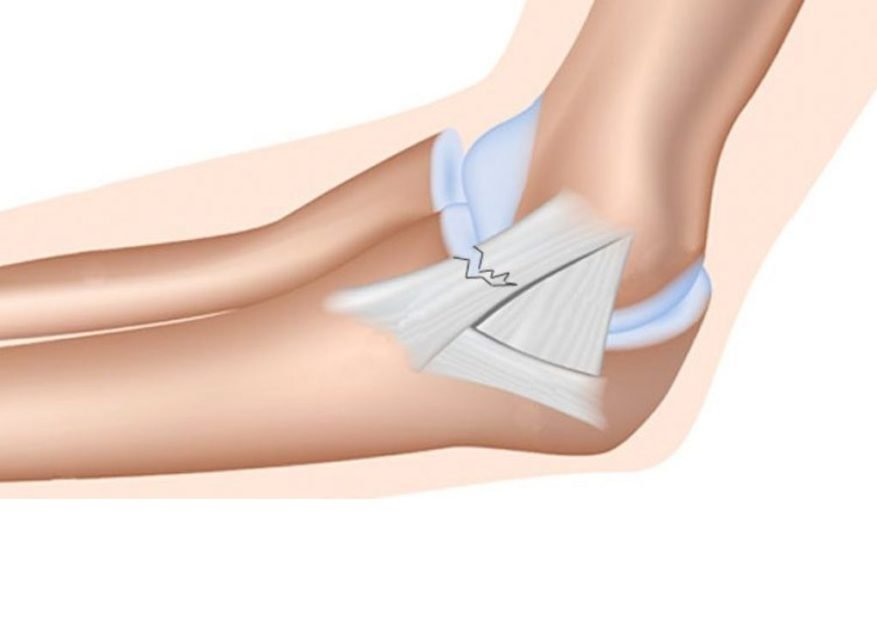
During injuries that affect the knee, chances of injuring the cartilage, ligaments, tendons, and kneecap are high. The primary symptom of such injuries is the instability of the person to stand tall and erect. This is due to the pain, change in shape or direction of the associated muscles and bones. One could often feel a grinding sensation if there is damage to the cartilage along with other symptoms like knee lock, sounds, swelling, and worsening joint pain. In the case of dislocated knees, the patient will feel a popping sensation and will not be able to straighten the knee.
Ligament repairs are treated with the minimally invasive surgical procedure while cartilage damage can be treated at home with the help of painkillers and an ice pack. Remember to keep the leg elevated and not apply pressure. Severe cases can be dealt with through surgical procedures such as cartilage replacement, joint replacement, or procedures to enhance cartilage growth.
Treatment for a dislocated knee is a process known as the reduction in the absence of any fractures or ligament tear, where the doctor guides the bone to its right place. This is followed by X-ray checkups and physiotherapies. In the case of additional injuries, the patient will have to undergo surgery. Post-surgery, the individual will be prescribed the required painkillers and the leg has to be elevated and iced with intervals. Physiotherapy sessions will follow to attain recovery from a dislocated knee.
Osgood-Schlatter’s Disease
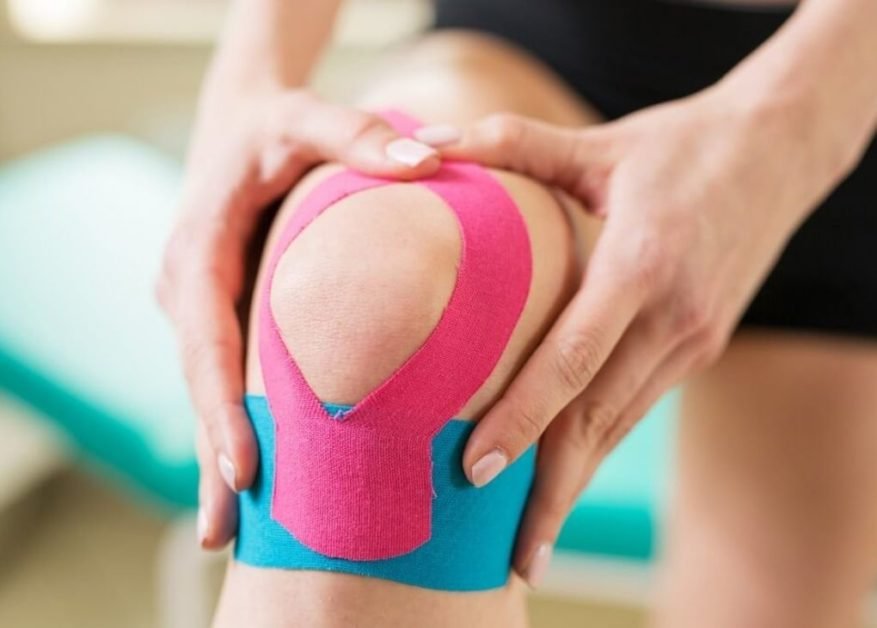
This disease is observed in children and young adults who experience growth spurts, especially those who are constantly associated with sports. The individuals tend to limp and a lump may be observed below the knee.
Treating the disease is often simple and can be done at home. It can heal by itself, through physiotherapies, stretching, and RICE care (Rest, Ice, Compression, Elevation). In case of severe pain, NSAIDs (Non-Steroidal Anti-Inflammatory Drugs) and analgesics are prescribed.
When it comes to knee pain where any sort of injury has not been inflicted, possible causes may be of the following.
Osteoarthritis
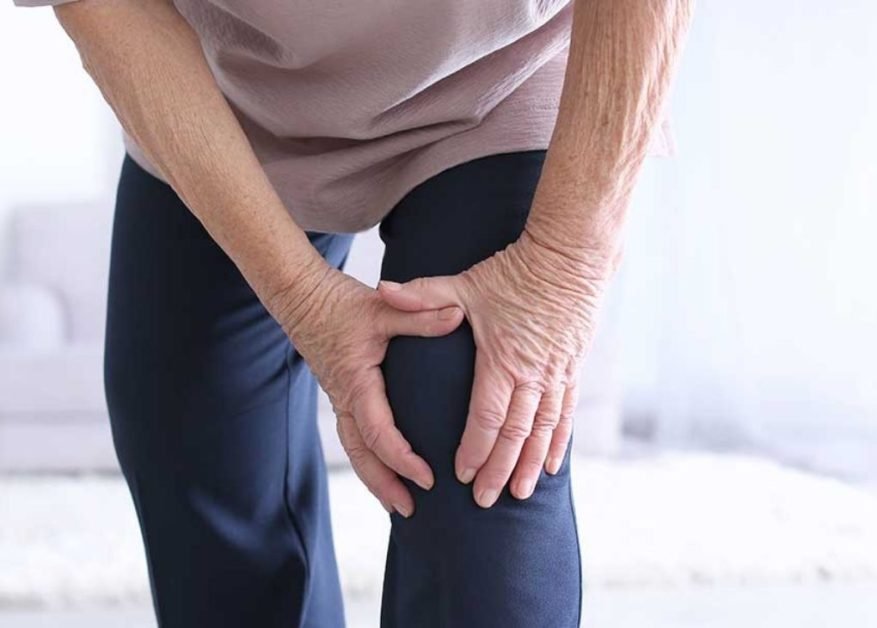
Commonly observed in older individuals and symptoms include stiff joints, the disease may be due to joint injury, secondary arthritis, gout, age-related problems, family history, obesity, and menopause (in women). Treatment includes the incorporation of nutritious food, regular workouts, rectifying the BMI levels, support through footwear, and medical devices that aid joint movement without strain.
Bursitis
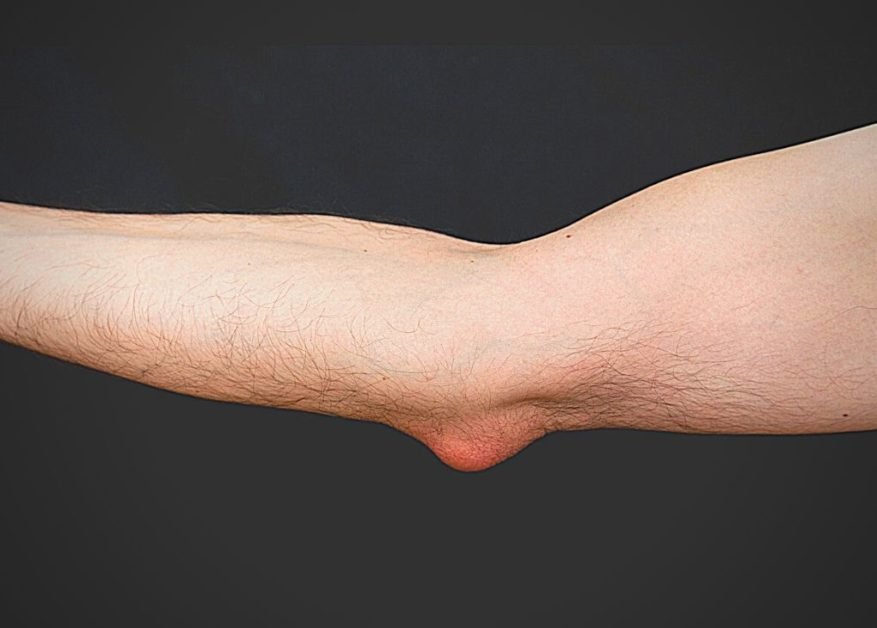
This is due to the inflammation of the bursa (sacs filled with fluid) that protect the joints. Symptoms include pain, redness, swelling, and warm sensation on the skin. Bursitis could be treated with ample rest, ice pack and the pain could be reduced through mild painkillers.
Other causes include gout, septic arthritis, and bleeding in the joints. The knee is one of the important joints in the body that helps support the upper body weight. Hence, maintaining one’s BMI through exercise (necessary, not excessive), a balanced diet and a healthy mind is beneficial not only for the joints but also in a holistic aspect.
Linda S.Ruehlman,PhD
View All By Linda

